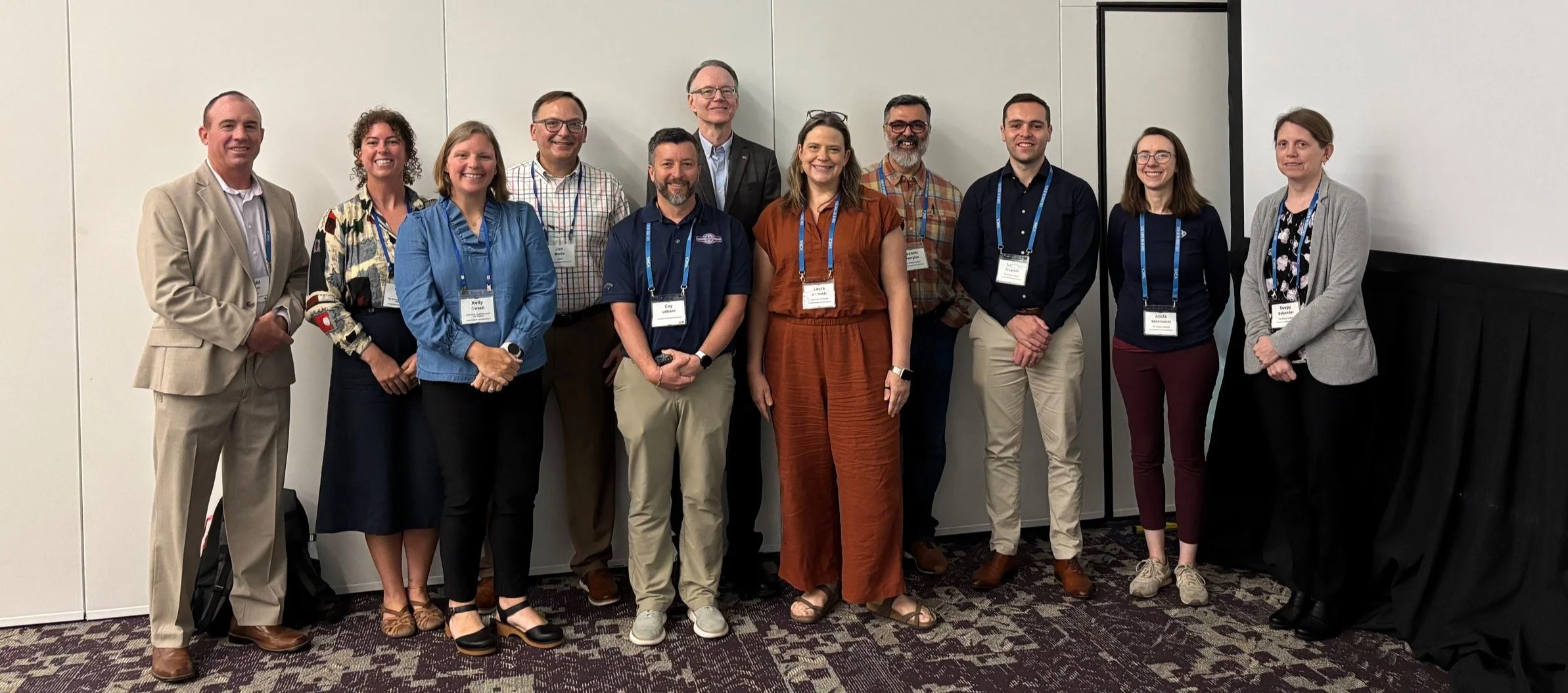Chandeleur Islands Restoration Project for Seagrass (ChIRPS)
project overview
The Chandeleur Islands, LA are a hotspot for plant and animal diversity in the northern Gulf. The islands support the only marine seagrass beds in Louisiana, which grow along the shallow, protected side of the islands. The Chandeleur Islands are disappearing and are projected to transition to a shoal by 2037 primarily due to inadequate sand supply, sea level rise, and the passage of major storms. Planning for the Chandeleur Island Restoration Project is underway to restore 13 miles of the barrier island chain and increase the overall, long-term resiliency and sustainability of these islands. One of the project goals is to restore and enhance submerged aquatic vegetation (seagrasses).
The objective of the Chandeleur Islands Restoration Project for Seagrass (ChIRPS) is answer critical questions about seagrass meadows at the Chandeleur Islands to inform restoration and long-term monitoring and adaptive management of the Chandeleur Islands, LA to benefit seagrasses.
We are doing this through:
field-based seagrass community sampling and monitoring
Annual seagrass monitoring to determine seagrass status, distribution, and condition
Investigating seagrass flowering and fruiting to understand recruitment potential
Measuring water flow and nutrients to understand what is driving seagrass condition
identifying change in seagrass distribution and cover through time using satellite imagery
Analysis of historical seagrass distribution data using satellite imagery to understand change over time and impacts of storms
Novel approaches to identify seagrass species change over time
hydrodynamic modeling
Building on existing computer-based models to examine water movement in and around Chandeleur Islands seagrass beds
Mimic conditions associated with changes in seagrass extent to understand thresholds under specific conditions
seagrass genetic analyses
Examine genetic diversity of seagrasses because greater genetic diversity can increase the ability of seagrass to withstand and recover from disturbances, such as storms
continuous real-time water quality monitoring (coming late 2025; made possible through a grant from coypu foundation)
Data buoys placed in seagrass beds will measure salinity, water temperature, water column dissolved oxygen, and light
Real-time data will be linked here when available
project team
This project is a multidisciplinary collaboration across universities, state and federal agencies, a nonprofit research institute, and local government to provide information to inform the Chandeleur Island Restoration Project. Project team members include:
Kelly Darnell and Caitlin Young, The University of Southern Mississippi
Todd Baker, Coastal Protection and Restoration Authority
Jon Hemming and Jonathan Kleinman, U.S. Fish and Wildlife Service
Jon Wiebe, Louisiana Department of Wildlife and Fisheries
John Lane, St. Bernard Parish
Tim Carruthers, Soupy Dalyander, Ioannis Georgiou, Mike Miner, Martijn Bregman, and Francesca Messina, and Alicia Sendrowski, The Water Institute
Bingqing Liu and Coy LeBlanc, University of Louisiana - Lafayette
Laura Reynolds and Kay Schlachter, University of Florida
Shannan McAskill, St. Johns River Water Management District
Ali Robertson, Gulf of America Alliance
Technical Monitors: Craig Gothreaux (National Oceanic and Atmospheric Administration) and Dan Slone (U.S. Geological Survey)
interested in learning more?
Visit our project webpage on the NOAA RESTORE Science Program website.
If you are interested in being added to our mailing list or attending our annual project update meetings, email Kelly Darnell (Kelly.Darnell@usm.edu).
we would like to hear from you!
We are interested in your feedback. We invite you to complete a Stakeholder Update Survey so we can best align future project updates and meetings with your interests and information needs.
project news and updates
June 2025
Rachell Pica, an undergraduate student USM’s Marine Biology Program, joined Kelly Darnell’s lab for the summer. Rachell is collecting sediment cores at each of our ~100 permanent monitoring stations and sorting them for dormant shoal grass and widgeon grass seeds.
Fun fact: shoal grass produces seeds that can remain dormant in the sediment for up to 5 years. This creates a seed bank in the sediment to help the seagrass meadow recolonize if there is a disturbance that impacts the adult plants.
May 2025
The project team hosted a session at the 2025 Louisiana State of the Coast Conference. The session included 9 lightning talks that covered all topics related to the project.
December 2024
The project team met in Ocean Springs, MS for their annual All Hands Meeting, which included a chilly, but fun trip to the Chandeleur Islands. The Water Institute created a great video using footage from the trip.
This project is funded by the National Oceanic and Atmospheric Administration's RESTORE Science Program under award NA23NOS4510304 to The University of Southern Mississippi.
